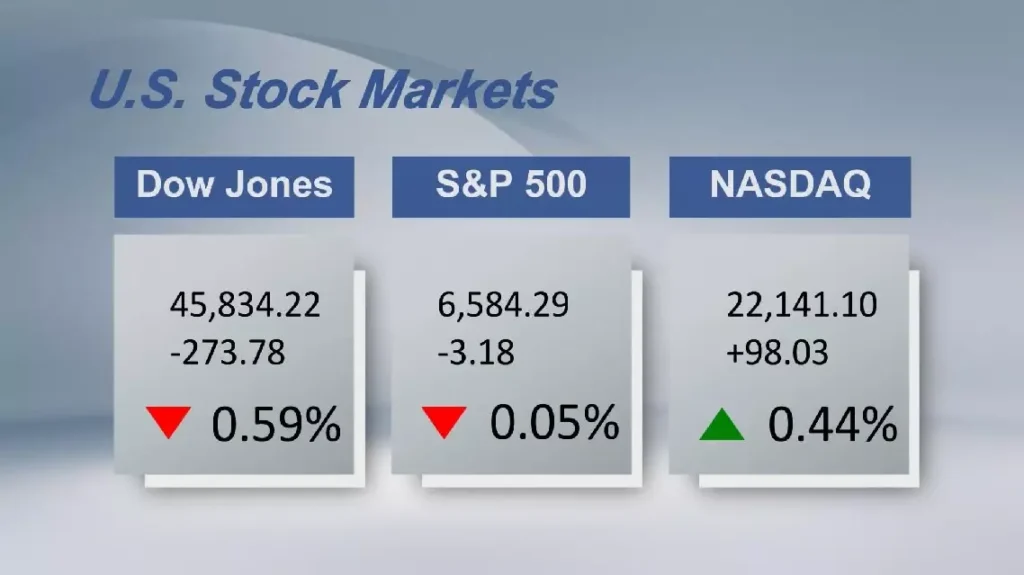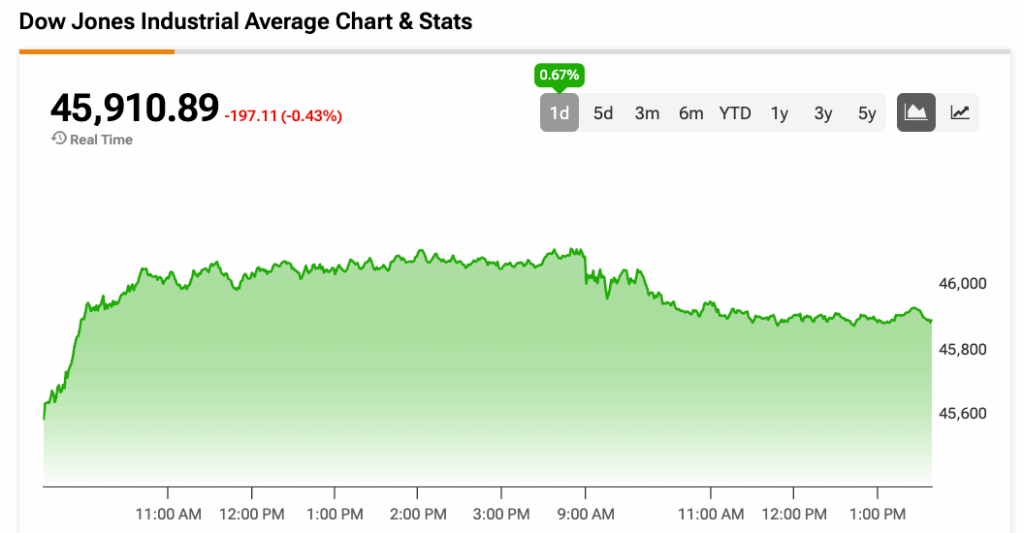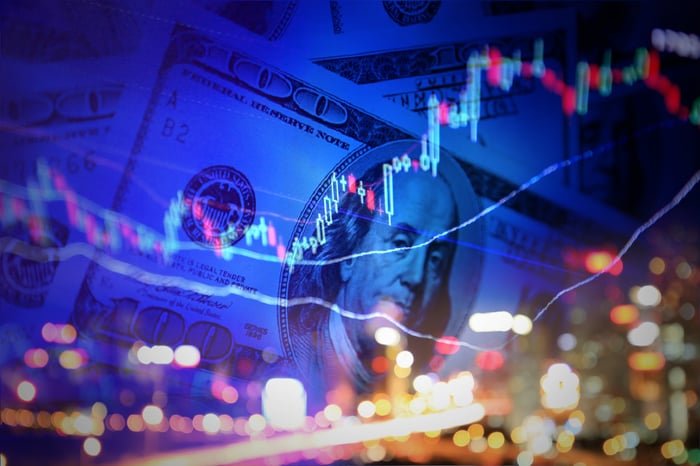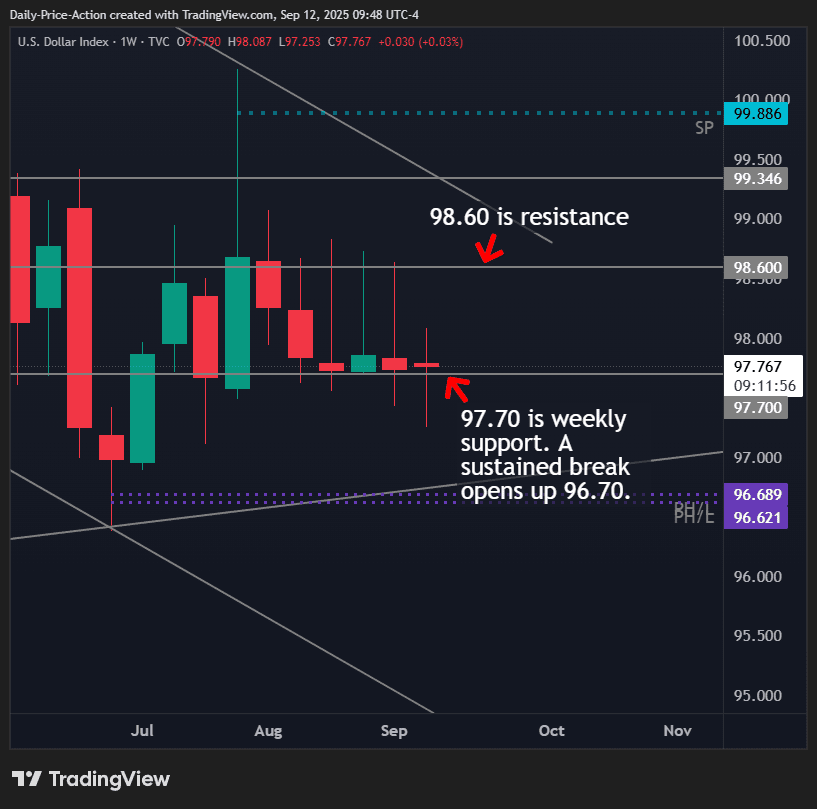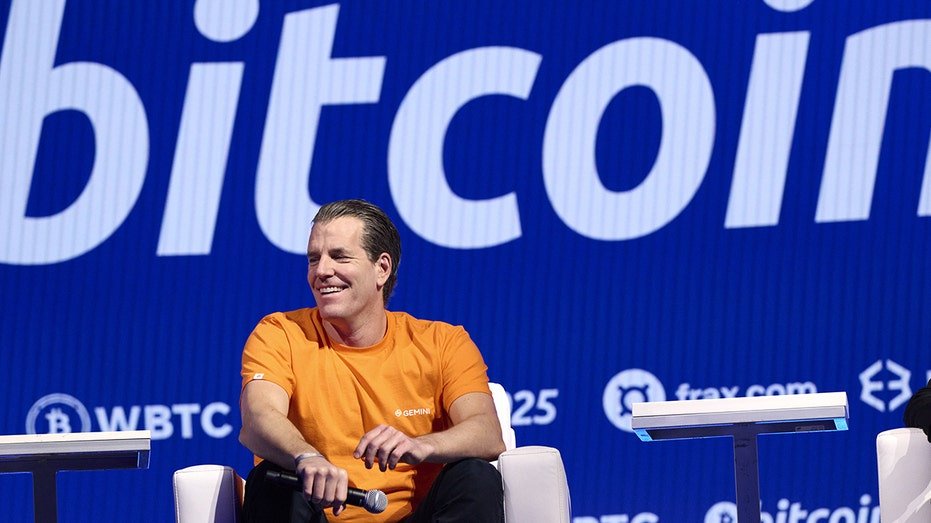The stock market’s leading artificial intelligence (AI) stocks are giving investors a clear reason to be cautious.
For the better part of the last three years, artificial intelligence (AI) has been the grease that’s lubed Wall Street’s finely tuned engine. Empowering software and systems with AI solutions offers the potential to improve productivity and/or operating efficiency in most industries around the globe.
With AI sporting a $15.7 trillion addressable market by 2030, according to PwC in Sizing the Prize, it’s no wonder professional and everyday investors have gravitated to this game-changing trend.
Though there has been no shortage of winners from the rise of AI, few stocks have led the way quite like Nvidia (NVDA 0.43%) and Palantir Technologies (PLTR 4.14%). Since the end of 2022, Nvidia grew from a fringe leader in the tech space to arguably the most important public company on the planet. Its shares have rallied more than 1,100%, with the company adding close to $4 trillion in market cap. Meanwhile, Palantir shares have skyrocketed approximately 2,500% since the curtain opened on Jan. 1, 2023.

Image source: Getty Images.
While both companies sport well-defined competitive advantages (which I’ll discuss in more detail in a moment), they’re also serving up an unpleasant reminder to Wall Street and investors.
Nvidia’s and Palantir’s gains have been built atop their sustainable moats
On Wall Street, there are few traits valued more by investors than a sustainable moat. Having a competitive edge and being able to maintain it is one of the surest ways to achieve a premium valuation, relative to a company’s peers.
Nvidia’s edge has everything to do with its AI hardware. Its Hopper, Blackwell, and Blackwell Ultra graphics processing units (GPUs) account for a majority of the GPUs deployed by businesses in AI-accelerated data centers. No external competitors domestically or overseas have come particularly close to matching or surpassing the compute potential of Nvidia’s AI hardware.
To add fuel to the fire, Nvidia CEO Jensen Huang intends to keep this sizable gap firmly in place. He’s overseeing an aggressive chip development cycle intended to introduce a new GPU annually. Following Blackwell Ultra will be the Vera Rubin and Vera Rubin Ultra in the latter halves of 2026 and 2027, respectively.
Tying into Nvidia’s top-tier hardware is its (arguably) equally important CUDA software platform. This is the tool kit used by developers to get as much compute capacity as possible out of their AI-GPUs, as well as to train large language models. CUDA acts as an anchor that keeps Nvidia hardware purchasers loyal to its ecosystem of products and services.
As for Palantir Technologies, its two software-as-a-service (SaaS) platforms, Gotham and Foundry, rely heavily on AI and machine learning (ML). Gotham is the platform select federal governments use to plan and oversee military missions, as well as to collect and analyze data. Foundry is a newer SaaS solution for businesses looking to make sense of their data and streamline/automate some aspects of their operations.
The uniqueness of Palantir’s AI- and ML-powered platforms is that there aren’t substitutes, at least at scale. No company can match what Gotham is currently providing the U.S. government, which means its multiyear contracts are generating exceptionally safe operating cash flow.
Although Nvidia’s and Palantir’s competitive advantages stand out, these AI darlings aren’t perfect.

Image source: Getty Images.
Nvidia and Palantir offer 12.5 billion reasons for investors to be cautious
For example, history tells us that no game-changing technological innovation in over 30 years has avoided a bubble-bursting event early in its expansion. With most businesses nowhere close to optimizing their AI applications or generating a positive return on their infrastructure investments, there does seem to be a real possibility of artificial intelligence being the next in a long line of bubbles.
But there may be an even more glaring concern for AI investors with these two juggernauts: their insider trading activity.
An “insider” is typically an executive, board member, or the beneficial owner of at least 10% of a company’s outstanding shares. In other words, these are people who may have nonpublic information about a company that gives them a trading edge. Therefore, any time insiders buy or sell stock, they’re required to file Form 4 with the Securities and Exchange Commission disclosing these trades within two businesses days of the transaction.
Nvidia’s and Palantir’s insiders absolutely love pressing the sell button. Based on Form 4 filings over the trailing-five-year period, as of Sept. 9, both companies have endured overwhelming net-selling activity:
- Nvidia: $4.8 billion in net insider selling
- Palantir: $7.67 billion in net insider selling
Collectively, insiders for these two AI Goliaths have sold about $12.5 billion worth of their own company’s stock, with selling activity really accelerating for Nvidia over the last 15 months.
The silver lining to this data is that insider selling isn’t necessarily bad. Executives at Wall Street’s leading businesses often receive the bulk of their compensation in the form of stock and options. To cover the tax liability associated with these awards, executives may sell some of their holdings. Tax-based selling, or selling stock after an options contract was exercised, aren’t usually worrisome.
But there’s another side to this coin that adds validity to Nvidia’s and Palantir’s $12.5 billion warning to Wall Street. Whereas multiple reasons exist to sell stock, there’s just one viable reason for someone to purchase shares: they expect them to increase in value.
The last time an Nvidia insider purchased shares of stock on the open market was in early December 2020. As for Palantir, it’s had one… just one… insider purchase from an executive or board member since going public on Sept. 30, 2020.
Despite overwhelmingly optimistic tones from CEOs Jensen Huang of Nvidia and Alex Karp of Palantir Technologies, their actions, and that of their executive team and directors, speak volumes.

